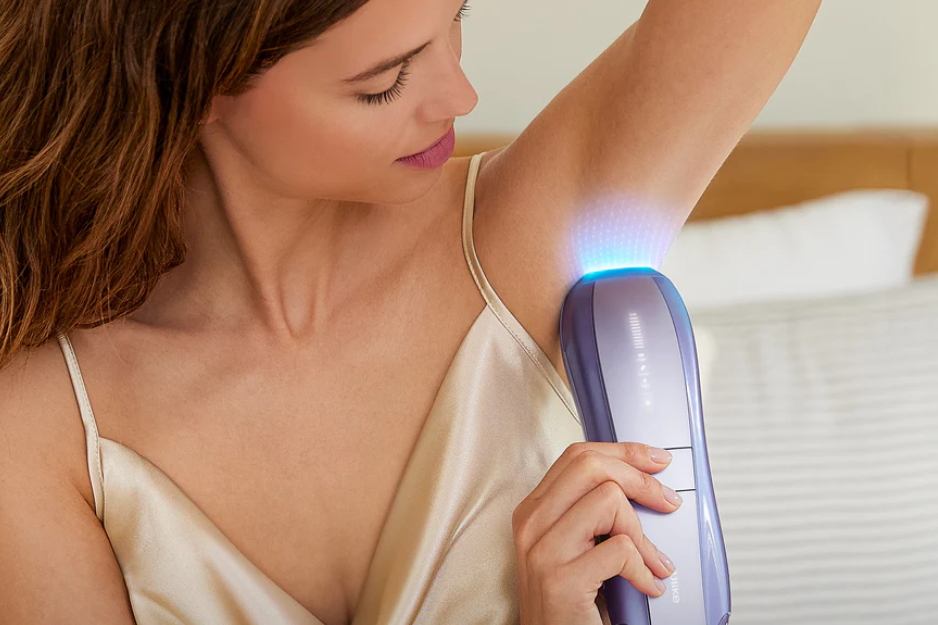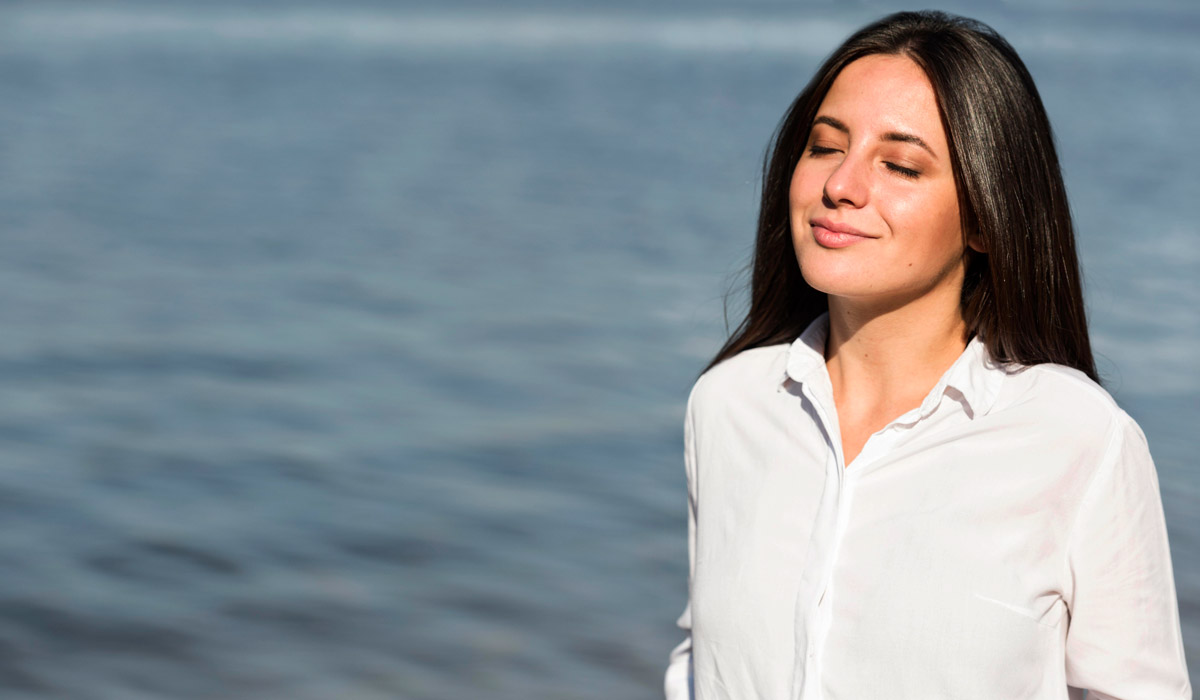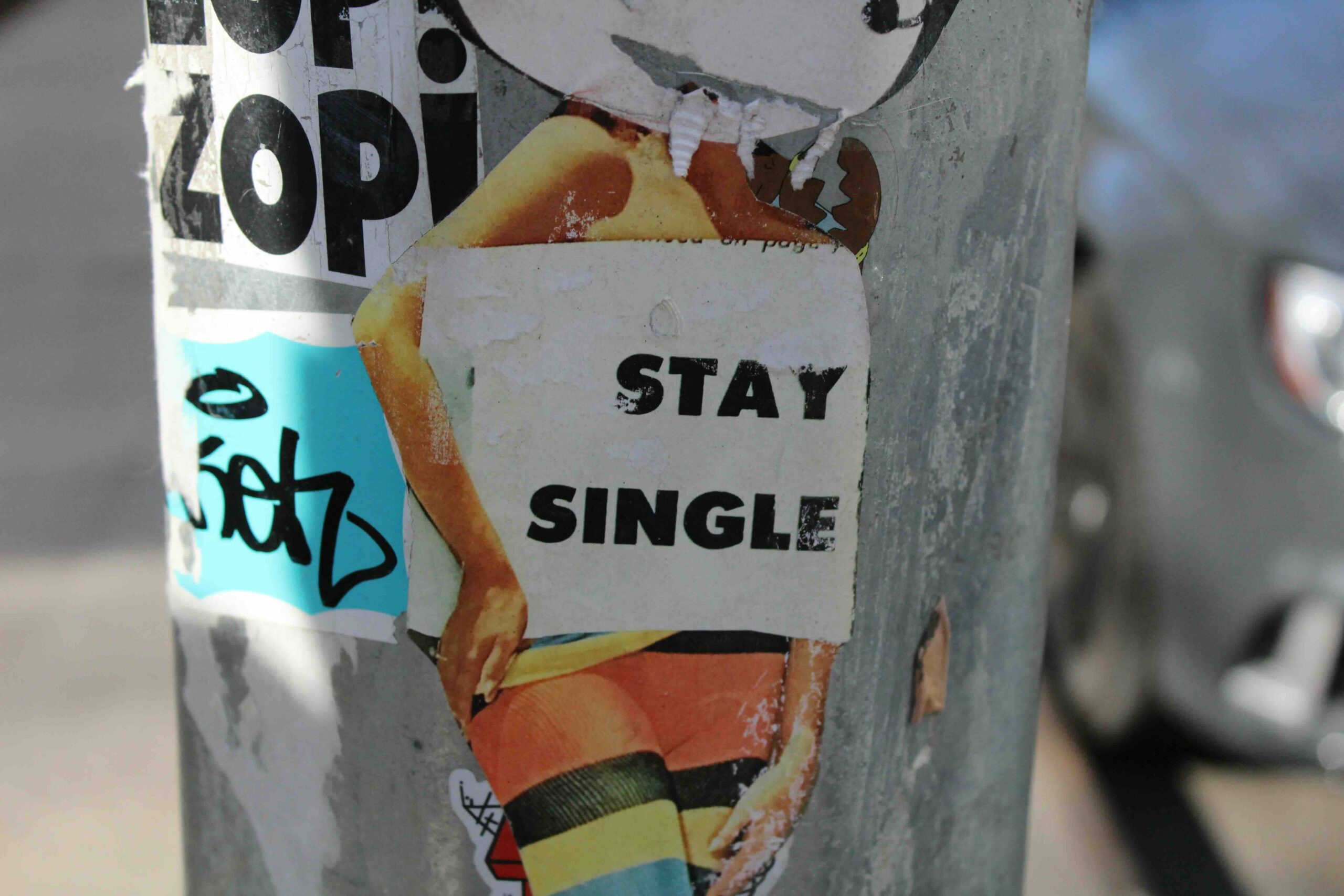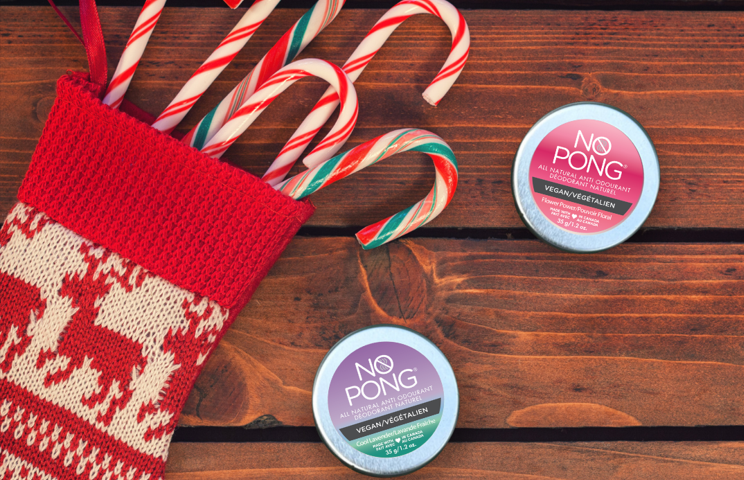By: Karyn Bailey
You may have first become aware of cupping after seeing circular bruises pop up on the backs of celebrity health gurus like Gwyneth Paltrow and Jennifer Aniston. Cupping marks also caused quite the stir at the 2016 Summer Olympics when the odd markings were photographed on olympic swimmer Michael Phelps. Aside from being a popular wellness trend leaving curious bruises on celebrity backs, what does cupping actually do? In an effort to figure it all out, I gave this ancient therapy a try at Tree of Life Acupuncture Center in NYC and experimented with an at-home cupping set that promised to give my skin a lit from within glow.
Cupping Therapy 101
Cupping is a Traditional Chinese Medicine practice that developed over 2,000 years ago to promote blood flow and healing in the body. It’s most commonly used to relieve pain and stiffness in the body, specifically the muscles, but has grown to boast a wide range of other health benefits. The purpose of cupping, according TCM practitioners, is to enhance circulation, pull toxins out of the body, and remove “heat” which helps relieves sore muscles. Because of cuppings ability to stimulate the flow of fresh blood to the skin’s surface, it can also minimize the appearance of cellulite, sagging skin, and wrinkles! Aesthetic cupping was made popular by Nurse Jamie, celebrity skin expert with clients like Kim Kardashian and Jessica Alba.
The practice of cupping involves placing circular glass, bamboo, or silicone cups on the skin, creating a suction effect by vacuuming out the air. The number of cups, placement, and length of treatment are all customized for your body and specific ailments. Tension is heavily concentrated in the back making it the most popular area for treatment. Chinese meridian points are also located along the spine, where TCM practitioners can treat internal organs like the liver and kidneys.
There are three types of cupping:
Dry Cupping:
This therapy starts by lighting the cups on fire with alcohol or herbs. The cups are then placed on the skin as the fire goes out, suctioning them in place. Your skin will start to rise into the cup and turn pink. For this method cups are left in place for about three minutes at a time and up to twenty minutes for more intense therapy.
Wet Cupping:
Also known as bloodletting, wet cupping isn’t for the faint of heart. The therapist makes shallow incisions or pricks with a sterilized tool and places the cups over top to draw out blood. This cupping technique is often used to treat respiratory and chest infections. Wet cupping is also very effective for treating reproductive and internal organ issues. It’s important to visit an experienced TCM doctor who practices in a sterile environment.
Massage Cupping:
Like dry cupping, massage cupping, involves zero incessions. It’s also the technique that was used in my session at The Tree of Life. After suctioning the cups to lubricated skin, they’re moved around with varying degrees of pressure. My treatment felt like a deep tissue massage and left only a few, subtle bruises that faded in two days. This form of cupping is also used to treat cellulite and can be used in facials with smaller cups to lift and plump the skin.
Interested in trying this traditional chinese therapy? Here’s everything you need to know before getting cupped for the first time.
It’s not as painful as it looks:
Cupping causes the skin in the treated areas to turn pink, red, or even blue. The discoloration lasts anywhere from two days to two weeks, depending on how badly you tend to bruise. While the bruises might look intimidating, cupping therapy shouldn’t be painful when it’s done right. You’ll feel a tight sensation around the area being cupped which quickly starts to feel soothing as your muscles relax.
The color of the marks reflect the state of your health:
If you notice dark red or even black bruises after treatment this means one of two things. Either you have poor circulation in the treated area or you have high levels of toxins making their way out of your body. Light pink marks indicate good health and blood circulation. If there’s no change in skin color this indicates energy or Qi stagnation. The more cupping sessions you do, the lighter the marks should become, as your body detoxes and your blood flow improves.
Give yourself at least 24 hours to recover:
Detoxing can be serious business. You’ll leave a cupping session feeling like you just got a deep tissue massage. While your muscles will feel more relaxed and tension relieved, you can also feel lethargic and a little under the weather. Drink plenty of water and take it easy for a day or two while your body flushes out toxins that were brought to the surface.
It’s important to consult with a certified TCM practitioner to determine how often you can do cupping sessions. My practitioner recommended weekly sessions until my marks lightened up at which point I’ll only need to come in once a month. With consistency, cupping can improve your immune system and detoxify your body.
After my in person cupping session I bought this at-home cupping set to experiment with both facial cupping and cupping for cellulite. Similar to dry brushing, at-home cupping increases circulation. My skin looked plumper for a few hours after just one use. While I can’t say any cellulite dimples have disappeared, the fine lines on my forehead do look smoother and my skin feels more hydrated.









